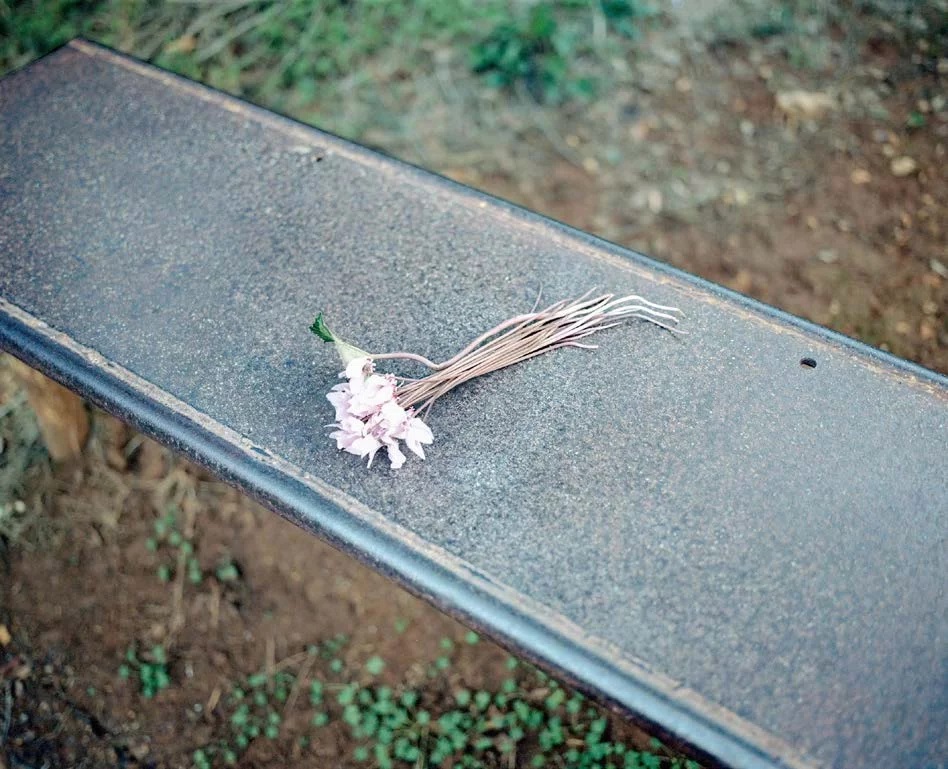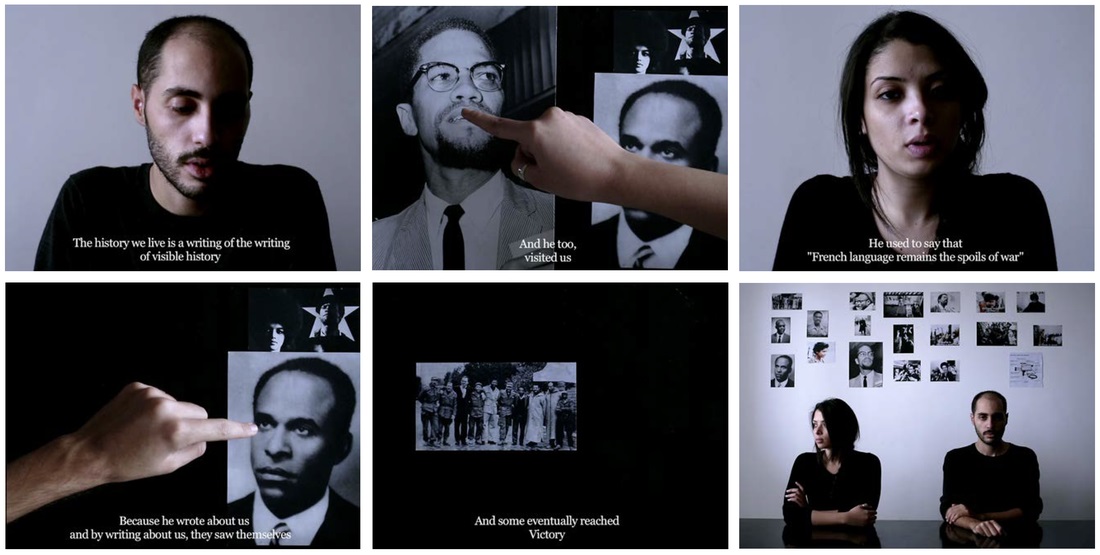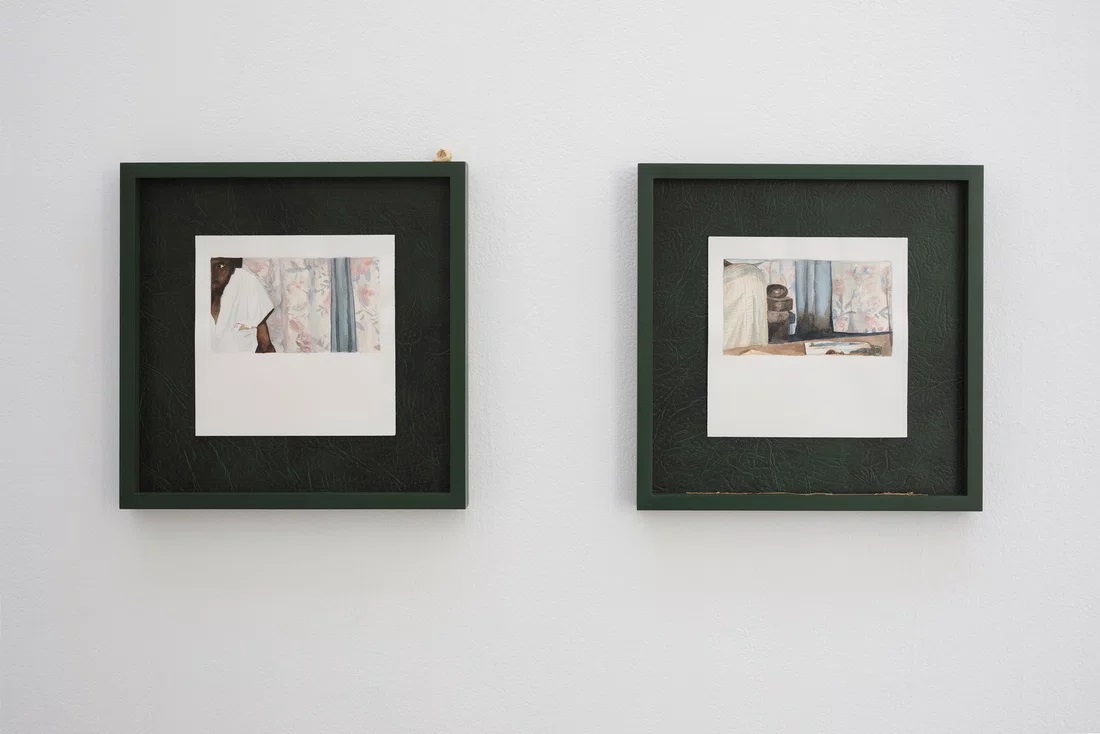PRESENTATION: Living With Ghosts
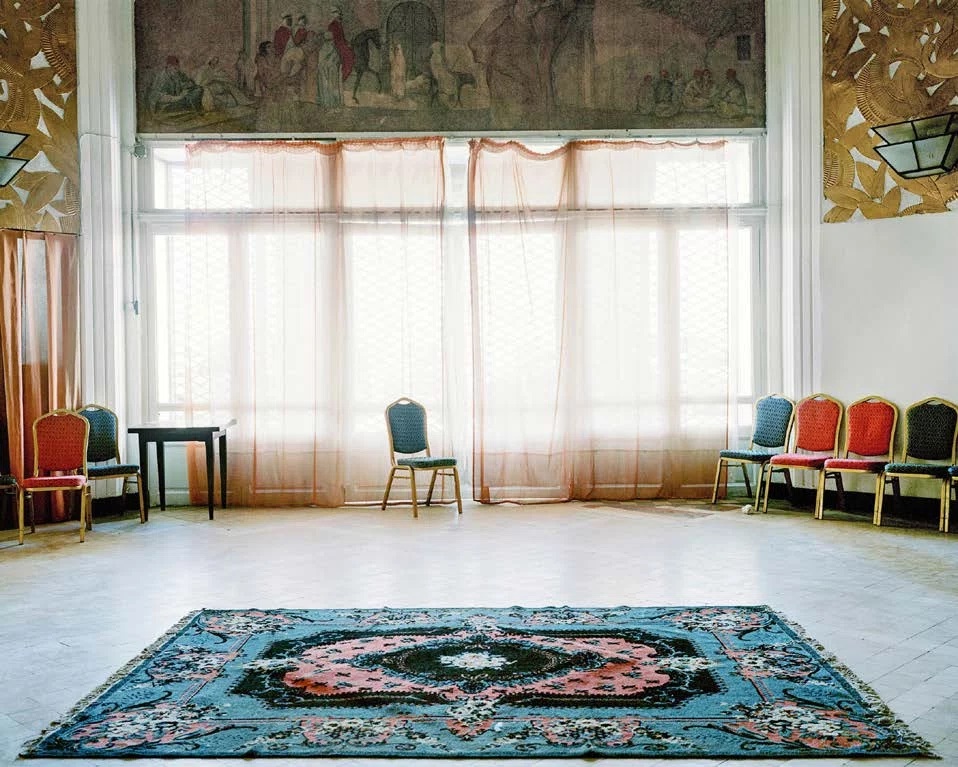 The exhibition “Living With Ghosts”, brings together nine pioneering artists whose work explores the ways the unresolved traumas of Africa’s colonial past, and its unfulfilled project of decolonisation, continue to haunt the present global order. The artists included in the exhibition are united by their formal, historiographic, and poetic interrogations of the enduring power structures birthed by the transatlantic slave trade, colonialism, and imperialism, and equally consider the myriad resistances and refusals formed in response to these very structures.
The exhibition “Living With Ghosts”, brings together nine pioneering artists whose work explores the ways the unresolved traumas of Africa’s colonial past, and its unfulfilled project of decolonisation, continue to haunt the present global order. The artists included in the exhibition are united by their formal, historiographic, and poetic interrogations of the enduring power structures birthed by the transatlantic slave trade, colonialism, and imperialism, and equally consider the myriad resistances and refusals formed in response to these very structures.
By Efi MIchalarou
Photo: Pace Gallery Archive

Spanning a diverse array of media, from video and installation to works on paper and sculpture, “Living With Ghosts”, takes inspiration from Achille Mbembe’s theorising on the African “postcolony,” Jacques Derrida’s notion of “hauntology,” and Sylvia Wynter’s work on the “coloniality of being,” the exhibition critically attends to the ghosts, spirits, and phantoms that abound in the modern calamities of Africa’s historical becoming, from the 15th century to the present day. These “ghosts” are the unseen but deeply felt forces – at once dead and alive, visible and invisible, past and present, future and past – that continually disturb individual and collective relations within the African postcolony and throughout the world, leaving behind melancholic traces in archival materials, architecture, landscapes, and subjectivities. Heeding Derrida’s provocation in “Specters of Marx” (1994), as well as insights from various African indigenous thought systems, this exhibition foregrounds the ethical and political urgency of feeding, communing, and living with these ghosts rather than disavowing, burying, or exorcising them. By centering contemporary art practice in spectral considerations of violent pasts that continue to linger and of liberatory futures that continue to haunt, the curator frames the exhibition’s concepts along several axes, from the spatial and the temporal, to the psychological and the spiritual. The exhibition also includes a lecture series and a reader publication, both of which provide complementary critical perspectives on the exhibition’s overarching concerns with coloniality, decoloniality, and hauntology. Bouchra Khalili’s practice encompasses film, video, installation, photography, printmaking, and publishing, exploring imperial and colonial continuums as epitomized by contemporary forced illegal migrations and the politics of memory of anti-colonial struggles and international solidarity. Deeply informed by the legacy of post-independence avant-gardes and the vernacular traditions of her native Morocco, Khalili’s approach develops strategies of storytelling at the intersection of history and micro-narratives. Combining documentary and conceptual practices, she investigates questions of self-representation, autonomous agency, and forms of resistance of communities rendered invisible by the nation-state model. Mathieu Kleyebe Abonnenc is an artist, curator and researcher interested in exploring the history of the colonial encounter and its effects on memory and identity. In his work as an artist, he uses video, drawings, installations and photographs, as well as interviews and archives, to counter collective amnesia and erasure of experiences and traumas. Dineo Seshee Bopape lives and works in Johannesburg, South Africa. Bopape spent her youth in Limpopo, at 12 years of age she began to follow a hunger for an elsewhere, beginning with Durban where she studied painting and sculpture. She is a 2007 graduate of De Ateliers in Amsterdam and in 2010 completed an MFA at Columbia University, New York. Nolan Oswald Dennis is an interdisciplinary artist from Johannesburg, South Africa. His practice explores what they call ‘a black consciousness of space’: the material and metaphysical conditions of decolonisation. Their work questions the politics of space and time through a system-specific, rather than site-specific approach. They are concerned with the hidden structures that condition our social and political imagination, which transverse multiple realms (technical, spiritual, economic, psychological, etc), and works to produce counter-diagrams of these, sometimes opposed, sometimes complimentary systems. Torkwase Dyson describes herself as a painter working across multiple mediums to explore the continuity between ecology, infrastructure, and architecture. Examining environmental racism as well as the history and future of black spatial liberation strategies, Dyson’s abstract works grapple with the ways in which space is perceived and negotiated, particularly by black and brown bodies. Rotimi Fani-Kayode was born to a prominent Yoruba family before moving to England following the outbreak of civil war. He later studied at Georgetown University and the Pratt Institute in the USA, before settling permanently in London in 1983 where he lived and worked until his untimely death in 1989. Fani-Kayode is a highly influential figure in the history of art who, despite a tragically brief career, produced a complex body of photographic work that explored themes of race, sexuality, spirituality, and the self. At the core of Fani-Kayode’s art was an emphasis on difference and otherness. The status of ‘outsider’ was one with which he identified on multiple fronts — from his ‘geographic dislocation’ to the exclusion he experienced as a result of his sexuality and artistic career — and which motivated him throughout his life. Abraham Oghobase is an artist based in Toronto, Canada. In his photography-based practice, he interrogates human existence and uncovers interior worlds by deconstructing traditional modes of making and experimenting with the narrative and multisensory potential of images and objects, including archival materials.Tako Taal is an artist, filmmaker, and programmer based in Glasgow. At stake in her artistic practice are the psychic structures of colonial relations, and the question of how vivid they remain in the present.
Participating Artists: Mathieu Kleyebe Abonnenc, Dineo Seshee Bopape, Nolan Oswald Dennis, Torkwase Dyson, Rotimi Fani-Kayode, Bouchra Khalili, Abraham Oghobase, Cameron Rowland, and Tako Taal
Photo: Bouchra Khalili, Hotel El Safir, Ex-Aletti, Algiers City Center, Residence of the Black Panther Party delegation during the 1969 Pan-African Festival of Algiers, Fig. 1 : Entrance of the former casino, 2015, Digital print on paper, 100 cm × 125 cm (39-3/8″ × 49-3/16″), © Bouchra Khalili, Courtesy the artist and Pace Gallery
Info: Curator: Kojo Abudu, Pace Gallery, 5 Hanover Square, London, United Kingdom, Duration: 8/7-5/8/2022, Days & Hours: Tue 10:00-17:00, Wed 10:00-16:00, Thu-Sat 10:00-18:00, www.pacegallery.com/
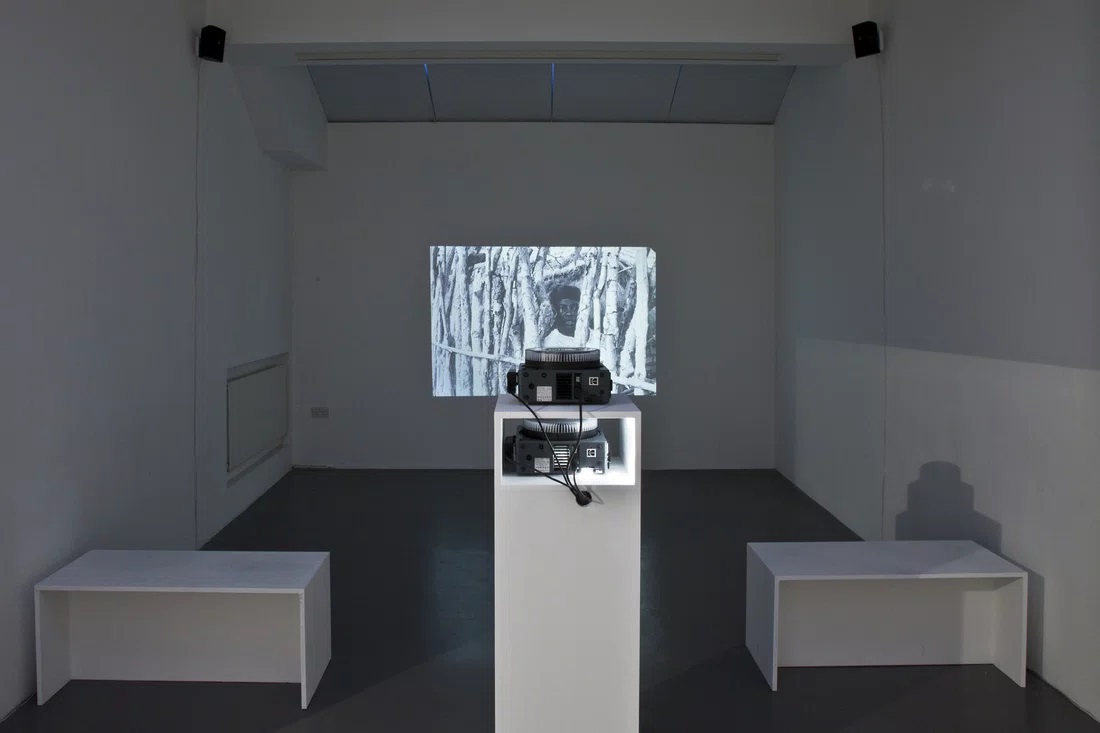
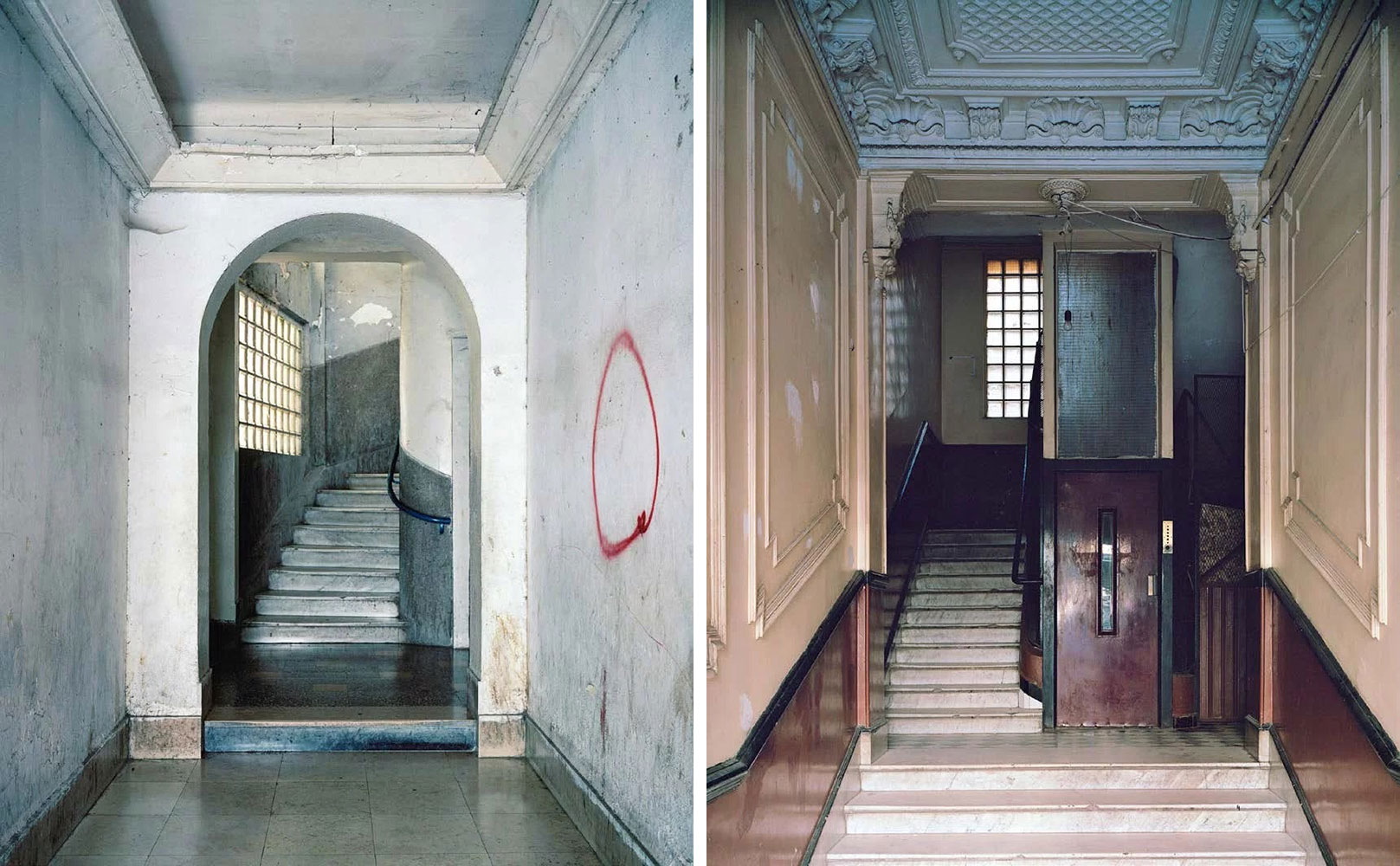
Right: Bouchra Khalili, Headquarter of the ANC representation (African National Congress), Algiers City Center, 2015, Digital print on paper, 60 cm × 75 cm (23-5/8″ × 29-1/2″), © Bouchra Khalili,, Courtesy the artist and Pace Gallery
